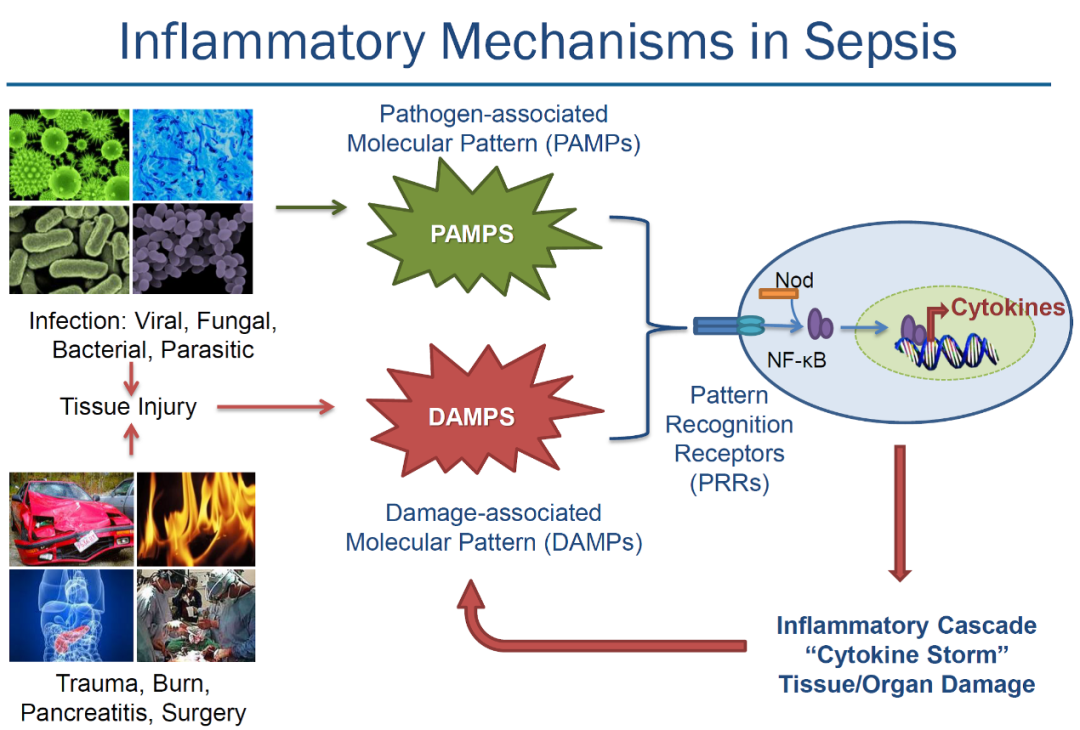

The Y has to be an electron withdrawing group such as –CN, CO, phenyl, vinyl, and so on to stabilize the anionic intermediate. The anionic polymerization will undergo anionic intermediate as shown below: The X has to be an electron donating group such as alkoxy, phenyl, vinyl, 1,1-dialkyl, and so on to stabilize the cationic intermediate. The cationic polymerization will undergo cationic intermediate as shown below: Ionic polymerizations are highly selective. Thus, although the polymerization of all monomers in Table 8.1 is thermodynamically feasible, kinetic feasibility is achieved in many cases only with a specific type of initiation.

The types of initiation that bring about the polymerization of various monomers to high-molecular-weight polymer are indicated. The various behaviors of monomers toward polymerization can be seen in Table 8.1. The detailed mechanisms of coordination polymerization will be discussed in Chap. It has been used extensively to polymerize high performance polyolefin but seldom used in the polymerization of polar monomer. The coordination polymerization requires coordination catalyst to synthesize polymers. Some monomers may not polymerize with cationic initiators, while others may not polymerize with anionic initiators. However, monomers show high selectivity toward ionic initiators. Most monomers will undergo polymerization with a radical initiator, although at varying rates. Monomers show varying degrees of selectivity with regard to the type of reactive center that will cause their polymerization. Although radical, cationic, and anionic initiators are used in chain polymerizations, they cannot be used indiscriminately, since all three types of initiation do not work for all monomers.


 0 kommentar(er)
0 kommentar(er)
